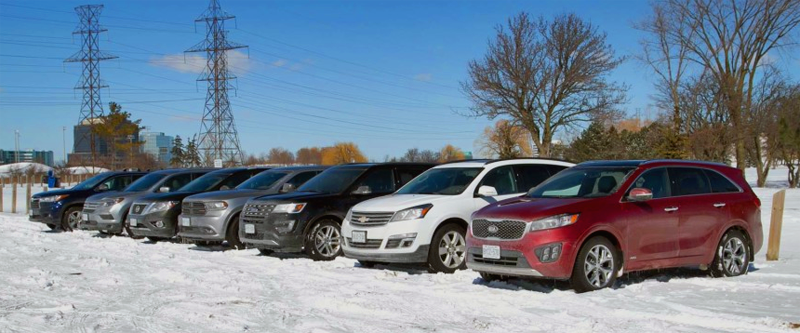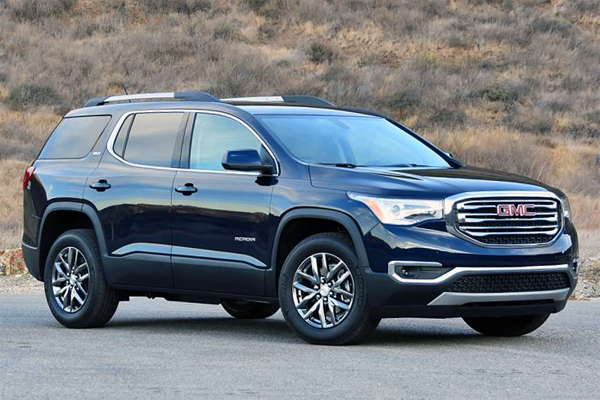 Sales in the Mid-sized SUV segment increased by 9.5% in the first half of 2017, an improvement on the 4.4% gain the segment experienced in 2016. What’s more, the absolute volume of 952,645 put the segment once again within spitting distance of the mid-sized car segment, underlying how the market has shifted in favor of crossovers in the past two decades. That said, 2017 does not seem like the year that mid-sized crossovers overtake the mainstream cars, for while there is plenty of new metal coming to the market (Buick Enclave, Chevrolet Traverse, GMC Acadia and VW Atlas), none of these models are likely to trouble the segment leaders or add that greatly to the segment total.
Sales in the Mid-sized SUV segment increased by 9.5% in the first half of 2017, an improvement on the 4.4% gain the segment experienced in 2016. What’s more, the absolute volume of 952,645 put the segment once again within spitting distance of the mid-sized car segment, underlying how the market has shifted in favor of crossovers in the past two decades. That said, 2017 does not seem like the year that mid-sized crossovers overtake the mainstream cars, for while there is plenty of new metal coming to the market (Buick Enclave, Chevrolet Traverse, GMC Acadia and VW Atlas), none of these models are likely to trouble the segment leaders or add that greatly to the segment total.
Highlights for the first half of 2017:

- Segment leader Ford Explorer recovered in the second quarter of 2017 after a poor showing showing earlier in the year, to keep a sizable lead over its closest pursuers: the evergreen Jeep Grand Cherokee and the Toyota Highlander, which has been thriving following its modest facelift in 2016
- In fact, the great performance of the aging models in the top 3 puts into perspective the relative underperformance of a few newer models: sales of Ford Edge did not change compared to the first half of 2016, sales of new-for-2015 Nissan Murano and Kia Sorento fell by 12% and 13%, respectively, thought that is still better than the dismal 13% loss in sales for the unloved new Honda Pilot
- No such worries for the new GMC Acadia, whose sales were up almost 50% compared to 2017, Buick Envision, which despite being a somewhat less-than-fresh import from the Chinese market seems to have been embraced by the American buyers, or Mazda CX-9, which improved hugely, albeit from a low starting spot
- It’s too early to judge the performance of VW Atlas, as the model keeps gaining sales each month still, but once things settle in the second half of the year we’ll know better whether the brand’s gamble to go super-sized and uber-conservative have delivered it more success in this segment than in the mid-sized car segment
Note: Clicking on the model name opens the sales data page for that model; clicking year in the legend turns the display for that year on/off


